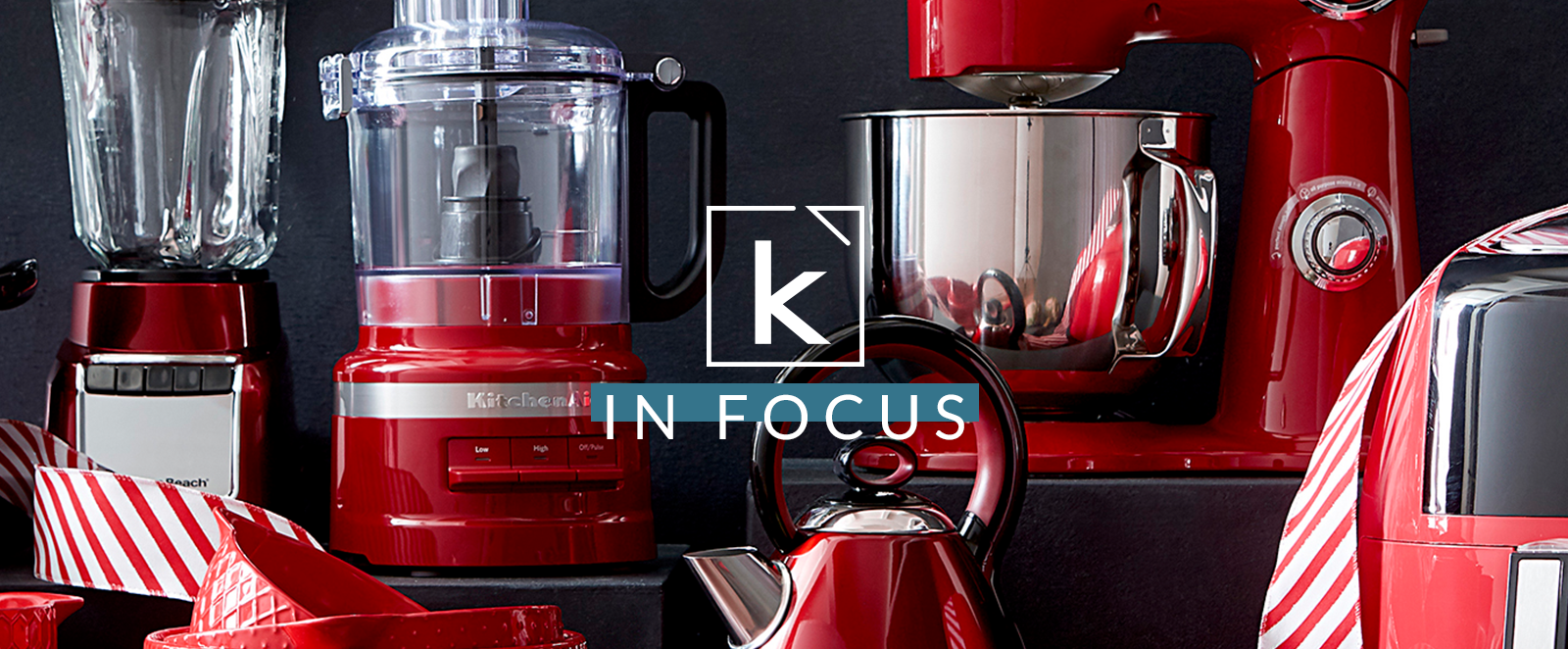
This Friday, millions of people will be shopping. And millions of people won’t.
Every year, it seems more “conscious consumers” opt out of Black Friday and into the Small Business Saturday/Shop Local movement, started by American Express in barely post-recession 2010 to keep Main Street alive. Almost a decade later, the movement has proven its value: a recent survey found that among consumers who plan to shop on Small Business Saturday, 96% said the event “inspires them to go to small, independently owned retailers or restaurants that they have not been to before or would not have otherwise tried.”
But even without the backing of Amex on the biggest shopping weekend of the year, some small businesses have been so savvy with their content that big brands with much deeper pockets could take a lesson or two. (It’s kind of ironic how consumers increasingly crave the “hey, neighbor” customer service of yesteryear alongside the “right-this-minute” convenience of today…)
Small but mighty
So how are today’s successful small businesses forging the kinds of authentic customer connections big brands would kill for? By doing things the old-fashioned way…through brand-new technology. Here’s what I mean.
Every time, it’s personal
Think of the small businesses you follow on Instagram. The content they produce and the ways in which they operate tend to be deeply reflective of each owner’s personal brand, aesthetics, and values. Usually, you’re reading a post directly from the owner/operator/maker, and it feels immensely personal (even vulnerable). He or she is having a conversation with followers that doesn’t feel fake or forced—and passion is a prerequisite. Hence, followers feel they’re doing something powerful by supporting the business, rather than merely completing a transaction.
Big brand lesson: Create content focused on personal relationships, the way Chick-fil-A has done with its “red couch” commercials. Show that your brand cares about individual human beings, wherever you do business.
They’re for the greater good
Small business owners know that one small biz’s success supports another’s, so they graciously promote nearby makers, shops, restaurants, bakeries, and other like-minded businesses. This is how cities like Detroit and Fargo have seen their profiles rise: the small business communities within them are ardent and vocal champions of the local scene.
Big brand lesson: Follow Madewell’s “Hometown Heroes” example by amplifying local businesses at your special events. The good vibes will rub off.
Social media is second nature
Small businesses have embraced social media (and when they haven’t, that decision is again reflective of their values), especially Instagram. The sharpest business-owning content creators quickly adopt the latest platform advancements; they’re hyper-aware of social media’s power—and pitfalls; and they pay close attention to what works and what doesn’t, optimizing daily.
Big brand lesson: Hire employees who know how to make the best use of each platform for your brand. While brand continuity is important, Instagram stories, TikTok, and YouTube are forums where you can and should go way outside the box.
They pivot instantly
Because they maintain a constant conversation with their customers in a variety of channels, savvy small business owners can plan the kinds of events customers really want to attend, change up merch based on best-sellers or duds, or add a specific service to better support their customers’ lifestyles. There’s no legacy thinking to tie them down, no one to say “this is how we’ve always done it.” They’re totally free to adapt and evolve the business in ways that will engender loyalty.
Big brand lesson: If something’s not working, change it—even if you have to start on a store-by-store level. Department stores are suffering because they failed to see how consumers (and their competitors) had changed. But many local boutiques, with their curated collections, informed salespeople, and cozy environments, still have faithful followings.
5 ways brands can take action
Building on the lessons above, here’s a bit more advice for big brands that want to create content for—and connect with—customers the way small businesses do (and let’s be honest, you have to do something different in the current retail environment):
- Create like a smaller brand. If you removed a few stuffy or outdated restrictions, what kind of content could you produce? What would make customers—new and old—sit up and take notice?
- Think micro. Consider a microsite or micro-event to support specific campaigns. Pop-ups exist for a reason; so do live streaming events. Use these channels to your advantage.
- Partner wisely with influencers. Ok, #ad or #sponsored immediately admit to viewers that the poster is being paid. Still, a good match can return a lot for your brand; just set clear expectations and thoroughly vet any influencer candidates. (Hot take: consider podcast sponsorships.)
- Give back. If you want the same love small businesses enjoy, give back to your customers’ communities. Better yet, involve them in your efforts through social media. We really don’t have to tell you this, right?
- Listen first, then act. Your customers are your lifeblood. Pay attention to what they want and find a way to give it to them. It’s what small businesses have done for generations…yet it’s what big brands often lose sight of in the face of bureaucracy, shareholders, and profits.
When and where will you be shopping this weekend—and why? Tell us on social @krebercreative!



